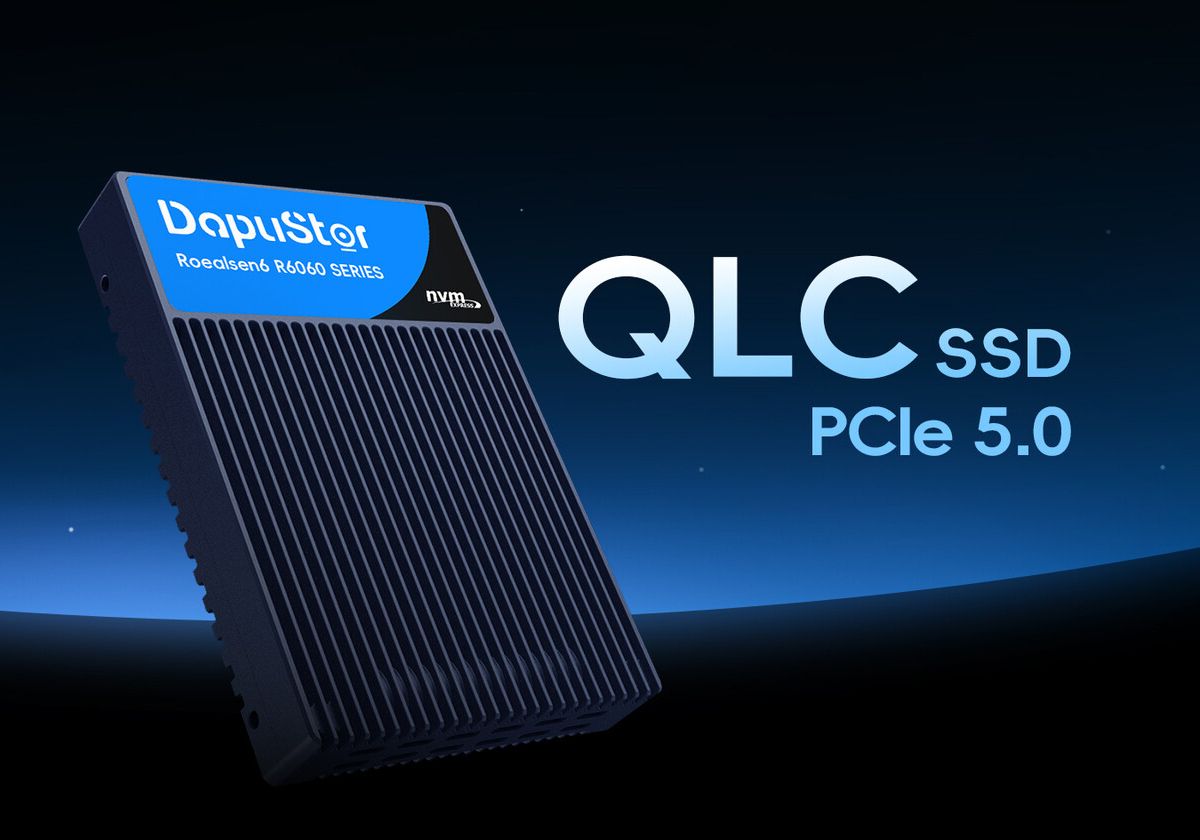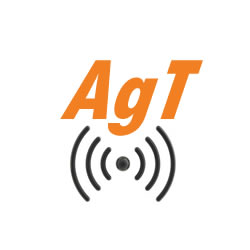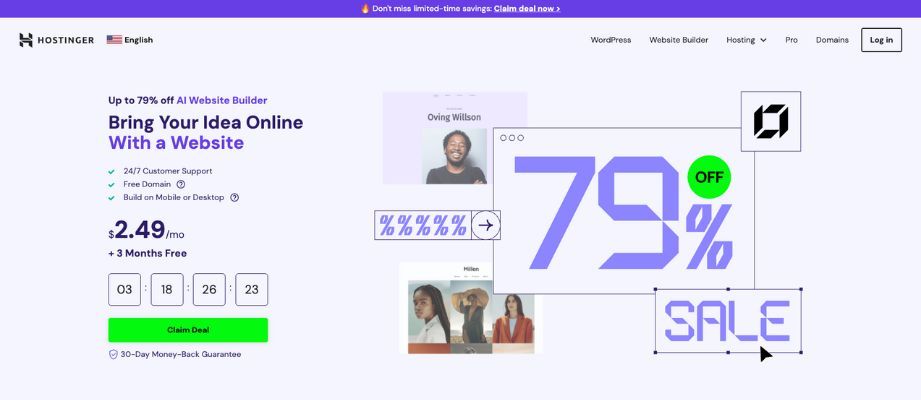Programmability doesn’t replace access — it multiplies the value of access. That’s the simple but powerful idea behind India’s CD Token and similar initiatives: when money can carry rules, proofs and intent, we stop forcing people
to fit into financial products and instead design products to fit people’s lives.
Opening a bank account is necessary, but it’s not sufficient. Real inclusion means the newly onboarded person can save reliably, buy usefully, insure against shocks, borrow affordably and invest in ways that actually build wealth.
Programmable money lets us bake those possibilities into the rails themselves.
Below I sketch why programmability matters, and then describe three practical pilots that turn theoretical promise into operational results — conditional DBT, micropensions/micro-savings, and tokenised invoice finance for MSMEs.
I end with the plumbing that must exist, pragmatic mitigations for the risks, and a straightforward pilot-first approach.
Why programmability matters:
Traditional payment rails move value. Programmable rails move value
and intent. That gives us seven practical levers for inclusion:
• Precision transfers, near-zero leakage. Funds can be constrained by merchant category, time window or outcome (school attendance, vaccination). That means subsidies reach the intended purpose.
• Lower costs — viable micropayments. Tiny, frequent flows become practical; pay-per-use services and micro-contributions suddenly make economic sense.
• Built-in identity and privacy. Token flows can require verifiable credentials without exposing full identity—less friction, more dignity.
• Offline resilience. Token flows that work without constant connectivity bring reliable transactions to low-connectivity geographies.
• Fractional ownership. Tokenisation lets small savers own slices of real assets — from solar projects to community equipment — widening pathways to wealth.
• Composability. Money becomes a platform you can plug services into: automated microinsurance, outcome-linked scholarships, escrowed marketplace payments.
• Faster, cheaper working capital. Tokenised invoices shorten receivable cycles and open MSME finance to new entrants.
None of this is magic. Programmability is an enabler — a very powerful one — provided we pair it with identity, devices, literacy and sensible regulation.
Three operational pilots that change outcomes
1) Conditional DBT — make subsidies do what they were meant to do
The problem: money is disbursed, but outcomes are uncertain; leakage and diversion persist.
The solution: issue stipends as tokens usable only for approved goods/services or released on verified outcomes.
How it looks in practice: the state issues an “education” token to a beneficiary wallet. The token can only be spent at registered merchants (bookstores, tuition partners) and, if required, releases fully only after a simple attendance
attestation (QR check-in at school). Merchants settle instantly; programme owners see live dashboards of spend and outcomes.
Immediate wins: dramatic reduction in diversion, real-time programme monitoring, and the ability to tie funding to impact (not just to disbursement).
2) Micropension & micro-savings — make saving habitual for gig and informal workers
The problem: irregular incomes and high costs make sustained saving hard.
The solution: automated micro-deductions routed into pooled, tokenised vehicles with limited, conditional emergency liquidity.
Workers opt in through a light wallet; platform or employer triggers tiny deductions per shift. Tokens route into pooled pension/savings vehicles and can be programmed for employer matching, auto-rebalancing, or capped emergency
withdrawals. Clear statements and nudges drive behaviour.
Immediate wins: habit formation at scale, access to diversified products via fractionalisation, and lower admin costs that make micro-pensions commercially viable.
3) MSME invoice finance — make receivables liquid
The problem: long payment cycles choke MSME growth.
The solution: tokenise accepted invoices into tradable receivables with embedded settlement and provenance.
Once a buyer accepts an invoice, the receivable becomes a token with defined maturity and recourse. Financiers buy the token on a marketplace; settlement at maturity is automatic. Fractionalisation opens small-ticket investment,
and immutable provenance reduces fraud risk.
Immediate wins: faster cash conversion, lower financing costs, and new investor pools for MSME credit.
The plumbing that actually makes this work
These are not experiments you run in isolation. You need an ecosystem:
• Digital identity & consent: verifiable credentials and selective disclosure.
• Wallet ecosystem: lightweight, offline-capable wallets plus assisted onboarding.
• Oracles & attestations: reliable attestation sources for attendance, invoices, KYC.
• Interoperability & on/off ramps: APIs between banks, platforms and merchants.
• Regulatory guardrails: sandboxes, consumer protection, AML/KYC clarity and dispute pathways.
• Transparency & dashboards: for programme owners, regulators and auditors.
• Fallback rails: legacy DBT/cash options so citizens are never stranded.
All of this must be designed to reduce exclusion, not increase it.
Risks and realistic mitigations
Yes, there are risks: exclusion for those without devices, privacy harms, operational outages and regulatory uncertainty. We mitigate them with low-tech wallets (USSD, smart cards), assisted onboarding at community points, minimal
and purpose-bound data disclosure, robust fallbacks, clear grievance channels and carefully scoped sandboxes.
In short: pilot small, measure fast, learn, and scale only once the operational model and protections are proven.
Start small, prove fast
A 90-day education-stipend pilot in a district with clear KPIs — leakage reduction, verified attendance uplift, beneficiary satisfaction — will surface operational realities far sooner than theoretical debate. An MSME invoice pilot
with a couple of anchor corporates and two financiers can show time-to-funding and default performance in months, not years.
Design the pilot to answer three questions: does the technology reduce friction? does it improve outcomes? and does it protect users? If the answer to all three is “yes,” you scale. If not, iterate.
Programmable money is not a silver bullet. But it is a practical lever that lets us embed policy into payments, protect privacy while enabling access, and create new, affordable financial products for the many — not just the few.
If we make inclusion the metric from day one, programmable rails will stop being an academic conversation and become a powerful tool to turn accounts into livelihoods.
When value moves with intent, impact follows.











